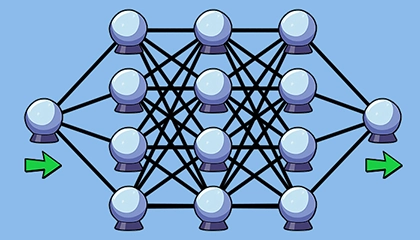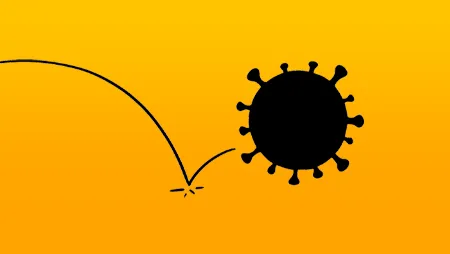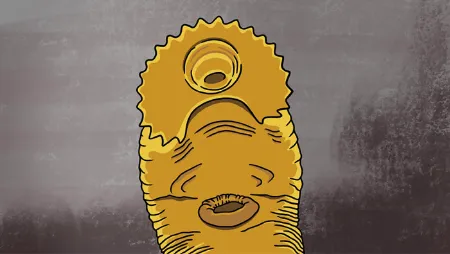Around 40,000 years ago, European hunter-gatherers struck on the fabulous idea of taming wolves. A symbiotic relationship emerged, where each species gained benefits to their survival.
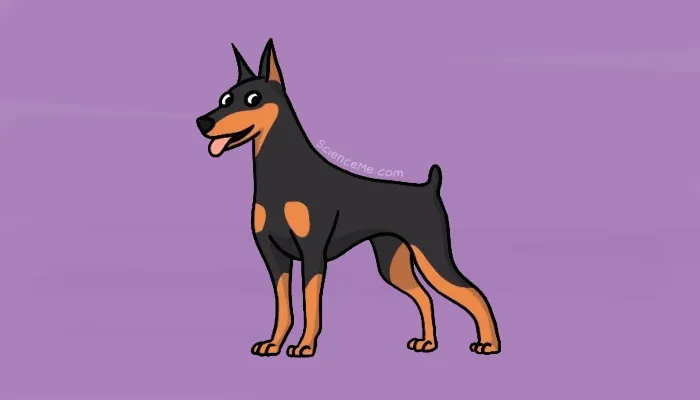
Over many generations, the increasingly tame wolves became so distinct from their wild ancestors that they evolved into a new species altogether. Dogs.
Through domestication, dogs developed the capacity to understand our facial expressions, body language, and even social gestures.
In short, domestication endowed them with types of intelligence rarely seen in the animal kingdom. Yet science didn't appreciate the extent of dog intelligence until the 1990s, when the neuropsychologist Stanley Coren investigated the theory that different dog breeds have different levels of cognitive potential.
Coren examined many types of intelligence—adaptive, working, instinctive, spatial, kinaesthetic, and interpersonal intelligence. Then he had a blast ranking 110 different dog breeds on the ultimate scale of dog intelligence.
Through his systematic analysis, Coren found that dogs have specific types of intelligence seen in no other animals except humans. In meaningful ways, dogs are smarter than our closest primate cousins: the bonobos, orangutans, and chimpanzees.
"Dogs continually watch the social interactions going on around them. They use their observations to decide which people to avoid the future, such as those who are not helpful to their loved ones—cats do not." - Stanley Coren
More recent studies have found dogs using inferential reasoning: the ability to construct new knowledge by thinking. And while wolves were recently credited with understanding cause and effect better than dogs, domestication has given our best friends certain other human-led smarts.
Inferential Learning and Diagnostic Reasoning
Chaser was a Border Collie dubbed The Smartest Dog in The World. She lived with retired psychology professor, John W Pilley, who taught her to recognise 1,022 words as part of a formal research project in the early 2000s. Their work involved a toy collection of 800 stuffed animals, 116 balls, and 106 plastic toys.
Chaser followed directions like "paw the doll", "nose the chicken", "find the circle", and "take it out". This wasn't merely a trick of psychological conditioning. Chaser demonstrated the capacity to learn language and logic in the same way human toddlers learn, through inferential learning and diagnostic reasoning.
For instance, if Pilley secretly hid a ball under one of three cups, Chaser could infer social hints like gesturing to locate it. Even adult bonobos, our closest genetic relatives, lack this ability. Yet for the attuned dog, it's child's play.
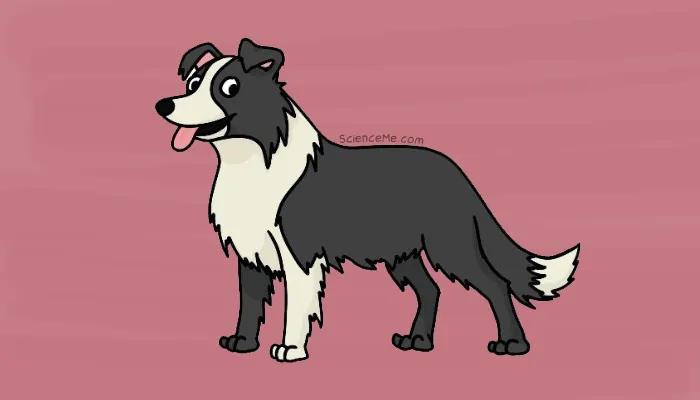
As the smartest dog breed in the world, Border Collies lead the pack in inferential learning.
Chaser was a gift given to Pilley from his wife on his 76th birthday in 2004. By five months old, the puppy understood that objects have names, and could pair a novel object with a novel name in a single trial. By 7.5 months, she recognised 700 words including verbs, adverbs, and prepositional objects.
Chaser could also learn new words using inferential reasoning by exclusion, deducing the name of a new object by eliminating the ones she already knew. Having documented some astonishing feats of dog intelligence, Pilley's research was published in the journals Behavioural Processes and Learning and Motivation.
Adaptive Intelligence and Progressive Problem Solving
Samantha is a three-year-old Poodle who organises her toys in the living room in various sequences. She has phases of lining them up in order of most-to-least favourite, and phases of a most-recently-used (MRU) stack, making her an unofficial canine programmer.
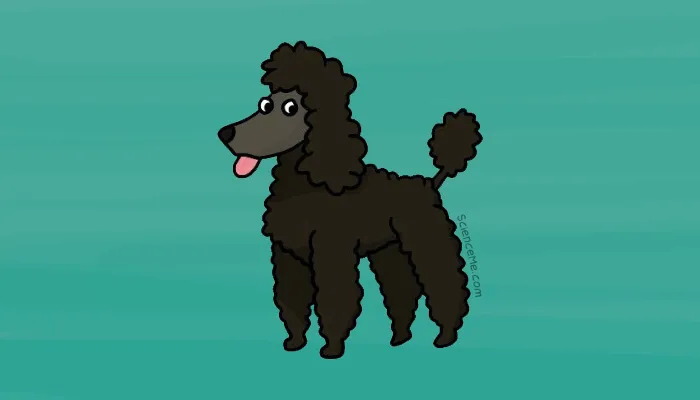
As the second smartest dog breed, Poodles shows remarkable adaptive intelligence.
At other times, she lines up her toys so she can lay with her leg contacting them all. Such a desire to repeatedly line up objects up is a relatable human trait, based on a love of systematic organisation. In fact, it's another toddler favourite.
While often associated with early signs of autism, lining up toys is actually a neurotypical strategy of processing the complexities of the environment. By organising objects into patterns, we learn how to make sense of them.
Louis is another one-year-old Poodle who uses his nose to bump open door handles and escape from doggy day care. And Indigo opens the kitchen freezer and helps himself to frozen chicken while no-one's looking. These are superb examples of problem solving in dogs, also known as adaptive intelligence.
Unlike instinctive intelligence—which reflects the herding, hunting, or guarding jobs for which breeds were historically designed—adaptive learning ability can vary dramatically between individual dogs. It's a function of the genetic lottery and the stimulation available in the environment.
Scent Detection and Molecular Markers
Besides working as police and security dogs, German Shepherds are more recently employed to detect lung cancer in human breath samples. Studies have seen them successfully identify 71/100 lung cancer patients and 372/400 healthy patients.
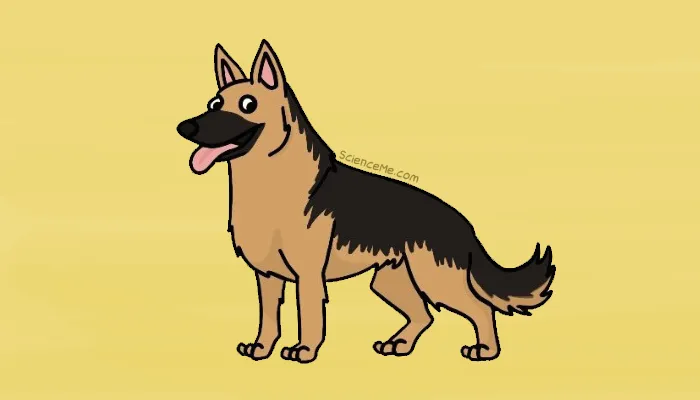
As the third smartest dog breed, German Shepherds can reliably detect the molecular markers of cancer.
Alas, this doesn't mean we'll see dogs on the front line of cancer diagnosis. But it may help researchers identify the organic compounds associated with various cancers, leading to the development of better diagnostic tools and earlier detection.
Of the five major senses, humans tend to value smell the least. Yet for dogs, smelling is brilliant. Their noses contain 300 million olfactory receptors versus our trifling 6 million. The part of the canine brain dedicated to processing smell is 40 times larger than ours.
"If you make the analogy to vision, what you and I can see at a third of a mile, a dog could see more than 3,000 miles away and still see as well." - James Walker, Sensory Research Institute
When your dog sniffs a lamp post, he's gathering huge amounts of data from the urine of other dogs. He may well be learning their age, sex, breed, health status, and more. Smells light up his brain like a Christmas tree, so do let him linger next time he's sticking his nose in something disgusting.
Social Intelligence from Appeasement to Reconciliation
The Golden Retriever is a fine example of artificial selection. Since the 1860s, when Sir Dudley Marjoribanks set out to breed the ultimate retriever, Goldens have been meticulously selected for attractiveness, temperament, and health.
The result can be seen in all Goldens today. But you better give the handsome devil a job to do, or he'll improvise one himself. This is one smart dog breed that bores easily.
Perhaps that's because Golden Retrievers have more neurons than hyenas, lions, or brown bears—despite these animals have brains up to three times as large.
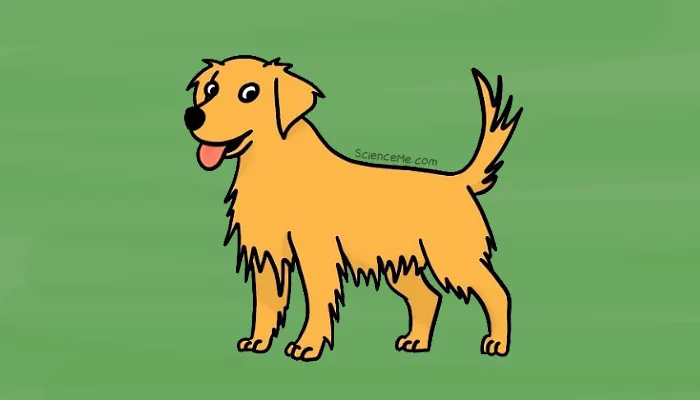
As the fourth smartest dog breed, Golden Retrievers exemplify the social intelligence of dogs.
Celia Haddon, the cat behaviourist and author of Cats Behaving Badly points out that animals who hunt alone, like cats and bears, have far fewer neurons regardless of brain size. As a result, they rank far lower than dogs on social intelligence tests. Poor kitty.
By comparison, wolves show complex social behaviours and co-operative skills like appeasement and reconciliation, which arose in the context of their pack-hunting nature. This social intelligence was passed on to the first domesticated wolves and then refined through further domestication and artificial selection in dogs.
Social Inference and Body Language
It's 4.58pm and my Shetland Sheepdog, Howard Woofington Moon, has appeared at my side, his eyes burning into my head. He whimpers gently yet politely, telling me it's his 5 o'clock dinner time which he knows thanks to an internal clock in his stomach, his brain, or both.
Meanwhile, his brother, Piper, has an extraordinary sensitivity common in Shetland Sheepdogs. He barks at predators in nature documentaries, howls to summon us to the answerphone, and plays hide-and-seek (he's always the seeker). Howard does little of this, but he does very much like food.
Piper's strength is social inference, in which he perceives, interprets, and reacts to our facial expressions, body language, and hand gestures. In humans, it's an important milestone in the development of social intelligence, as we come to understand our perspective of the world is different from the perspective of others. It's one step closer to Theory of Mind.
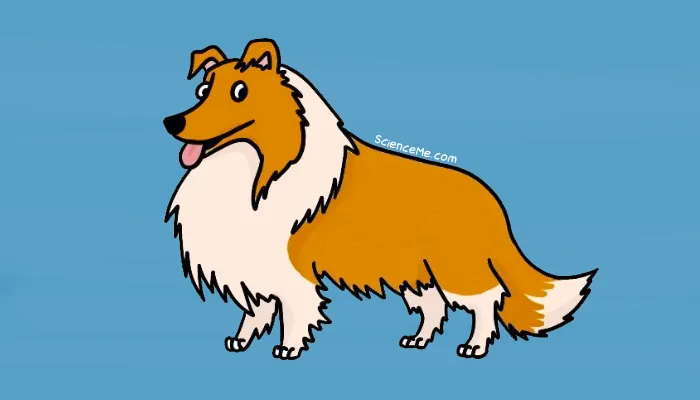
As the sixth smartest dog breed, Shetland Sheepdogs can demonstrate surprising levels of social inference.
For dogs, social inference reflects an awareness that hand gestures are a type of language and can signal novel information. Pointing isn't arbitrary but has a specific meaning: "Look over there! I see something you don't! And it's worth your attention!"
If you have a baby, get her attention and point in another direction to see how she reacts. Spoiler alert: she won't. She'll keep looking at your face or simply lose interest because she's yet to make the key associations needed for social inference.
That's right... your poo-eating, tail-chasing, couch-humping dog is smarter than your perfect human baby.
Written and illustrated by Becky Casale. If you like this article, please share it with your friends. If you don't like it, why not torment your enemies by sharing it with them? While you're at it, subscribe to my email list and I'll send more science articles to your future self.



